IPTV, Interactivité TV, Service | by kerignard
TV Sociale
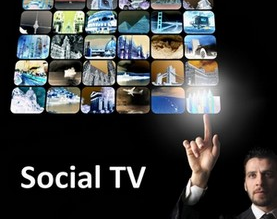
Via TVGenius
Facebook wants to be the primary gateway to social TV. The problem is, so does Twitter.
While Facebook dominates some industry conversation, they are only starting to make inroads into social TV.
So how is Facebook is poised to enter the social TV space?
Facebook users tend to have highly detailed profiles, which already list their favourite TV shows and movies. At the same time they also connect their personal profile to their favourite brands and celebrities. This gives TV operators a complete Facebook identity which TV operators can mine for rich data.
At the same time, Facebook Connect allows users to sign into millions of sites across the web, providing a rich source of identity and preferences. This fast web of information means that Facebook Connected sites can access information about the user’s profile, friends, and likes and dislikes instantly.
This wealth of data provides an ideal way to offer up recommendations and personalised VoD content.
For example, a user could log onto the CBS website using Facebook Connect. Instantly, CBS has access to all that user’s favourite actors, celebrities, movies, and TV shows. CBS could use this data to personalise their web portal. This could involve showing what programmes their friends like, providing targeted advertising, reminding the viewer when their favourite show will play, or encouraging the viewer to watch recommended video on demand.
At MIPTV, Facebook outlined four key ways that the platform can be used to encourage social TV behaviour:
1. Building TV Communities
Top Gear: Top Gear demonstrates how a TV show can successfully leverage Facebook as marketing and commercial vehicle. To begin with, the show has 7 million fans on Facebook. The page is used as a hub of content and conversation.
To guarantee conversation after each episode ends, Top Gear posts clips of the last episode on Facebook. This reminds viewers about the highlights, and helps fans share and talk about each episode on Facebook. Additionally, Top Gear posts behind scenes video clips, making the fans feel part of a privileged community. This has met with strong success:
40% of Top Gear’s Facebook fans consume a piece of Top Gear content every week.
Top Gear has also fully integrated Facebook onto their web portal: Facebook is Topgear.com’s second largest traffic driver. The whole site is designed to make it made it easy for visitors to engage and share top Gear with their friends; every piece of content on their site has a like button. This enables it to be easily shared and amplified on Facebook. One picture had 10,000 likes- the average user has 130 friends on average- so just 10,000 “likes” generates a lot of traffic.
Of course, what Facebook neglects to mention is that Top Gear also integrates Twitter across their site as well.
2. Social Check in
Facebook has recently announced a new ability to check in to the time and place of a TV event. This brings them into competition with other social TV check in services like GetGlue and Miso (both of which use Facebook Connect to sign in users- keep an eye on this space!).
The TV check in lets TV operators curate and encourage conversation, while driving hype around the TV event. The new Facebook feature can be used to check into each episode of a series- this will provide TV operators with specific demographic insight, and also let Facebook implement the social graph. By checking into Top Gear, a user would be able to see that actually ten of their friends are also watching Top Gear at the same. This instantly creates a social connection, helping spur conversation.
3. Facebook EPG
“We noticed you like Entourage, did you know it’s on in 5 minutes?”
Facebook could also provide a platform for a personalised EPG, complete with checkins, reminders, personalised recommendations, and social integration.
A social EPG could take the form of a Facebook app, checkin, or game. Facebook would like to see the EPG featuring filters based on time, and personalisation based on the user profile. for instance, the ability to browse EPG based on friends, like shows directly, and browse top ranked TV could prove compelling associate like with TV shows.
The Facebook EPG would essentially act as a gateway to content discovery. By integrating social trends and friend’s preferences, users could discover new, relevant content.
TV Genius has developed a few different EPG type apps for Facebook- get in touch if you would like to know more about.
4. Facebook as the Second Screen
Facebook is a proponent of the second screen, is quick to assure TV operators that it is a compliment, not a substitute, for TV.
Million Pound Drop: The show Million Pound Drop was supported by a wildly successful Facebook game. The show estimated that 8-10% of the TV audience played the game. The game served as an opportunity for advertiser sponsorship, helping monetise the second screen. The game featured social components that let players compete against their friends. The game was integrated into the live-event as well: the live show featured a real-time game leader board. Players were also incentivised to play; the best players had a chance to go on the show and play. 8-10% of TV audience plays the game.
American Idol: American Idol is piloting a programme where users can login with Facebook and vote for free. Like the Million Pound Drop game, the voting is monetised through a sponsorship. American Idol is looking to further monetise the system in the future by allowing users to buy votes based on Facebook credit.
To learn more about how Facebook positions themselves in the social TV space, I recommend watching the speech Facebook gave at MIPTV:


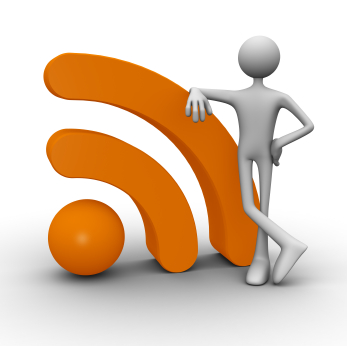
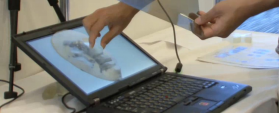
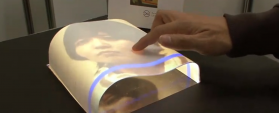

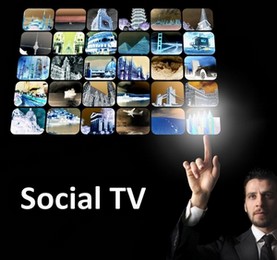
Marie says;
Facebook and TV is not new and was one of the original social TV use case circa 2009.